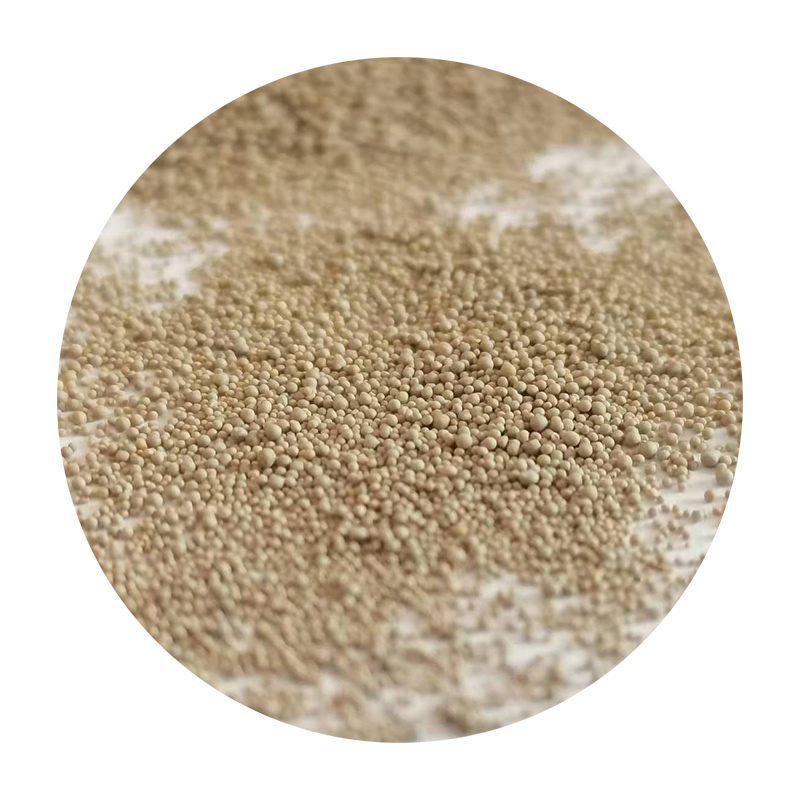Sanding and Painting 3D Prints A Comprehensive Guide
3D printing has revolutionized the way we create prototypes, custom parts, and intricate designs. However, the finishing process is just as crucial as the printing itself. To achieve a polished and professional look for your 3D prints, sanding and painting are essential steps in the post-processing workflow. This article will explore the importance of sanding and painting, along with techniques, tools, and tips to help you achieve the best results.
Why Sanding is Important
When a 3D print comes off the printer, it often displays various imperfections—layer lines, rough spots, and stray filament. Sanding helps to smooth out these surfaces, enhancing the model’s aesthetic appeal. This process not only improves the visual quality but also prepares the surface for painting, ensuring better adhesion and a smoother finish.
There are several benefits to sanding your 3D prints. First and foremost, it allows for greater precision in fit and appearance, particularly for functional parts that must interlock with other components. Additionally, sanding can help to eliminate any support material remnants that may not have been removed during the initial cleanup.
Essential Sanding Techniques
To sand your 3D prints effectively, follow these steps
1. Choose the Right Sandpaper Sandpaper comes in various grits, which indicates the coarseness of the material. Start with a lower grit (around 80-120) to remove larger imperfections, and gradually transition to a higher grit (400-600) for a smoother finish.
2. Wet Sanding This technique involves using water or a lubricant while sanding. Wet sanding reduces dust, minimizes overheating, and helps to achieve a finer finish. It’s particularly effective for plastic materials, as it prevents the plastic from clogging the sandpaper.
3. Use Sanding Blocks For flat surfaces, consider using a sanding block to maintain even pressure and achieve a uniform finish. For curved or intricate shapes, you might want to use your fingers or flexible sanding pads.
sanding and painting 3d prints

4. Check Your Progress Frequently check your work to ensure that you are achieving the desired smoothness. It’s easy to over-sand, which can lead to uneven surfaces or damage to the print.
Painting Your 3D Prints
Once the sanding is complete, it’s time to paint your 3D prints. Proper painting can significantly enhance the aesthetic quality of your final product.
1. Priming Applying a primer is essential before painting. The primer fills in any remaining imperfections and creates a suitable surface for the paint to adhere. Choose a primer compatible with the material of your print (e.g., spray primer for ABS or PLA).
2. Select the Right Paint Depending on your desired finish (matte, satin, or glossy), choose a paint that suits your project. Acrylic paints are commonly used for 3D prints due to their ease of use and quick drying times.
3. Spray Painting Techniques For an even coat, hold the spray can about 6-12 inches away from the print and spray in overlapping passes. Apply several thin coats rather than a single thick coat to avoid drips and runs.
4. Finishing Touches After the paint has dried, consider applying a clear coat for added protection. This finish can enhance the print’s durability and improve its visual appeal.
Final Thoughts
Sanding and painting your 3D prints can seem daunting, but with the right techniques and tools, you can significantly improve the final appearance of your projects. Remember that patience is key; take your time during the sanding process to ensure a smooth surface, and don’t rush the painting steps. With practice, you’ll develop a workflow that not only enhances the aesthetics of your prints but also showcases your creativity and skill in the realm of 3D printing. Happy crafting!
Post time:నవం . 24, 2024 09:39
Next:casting sand for sale
